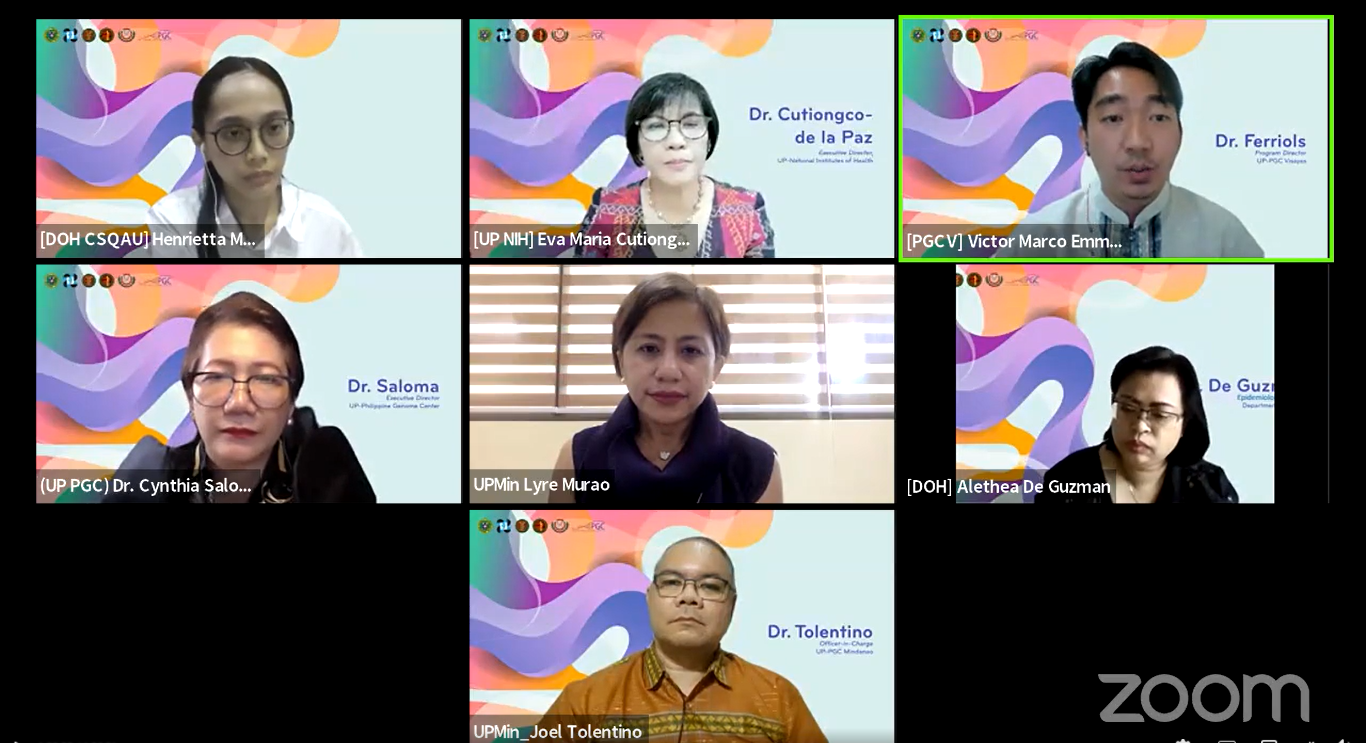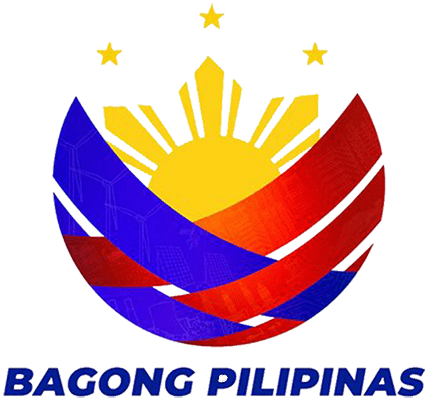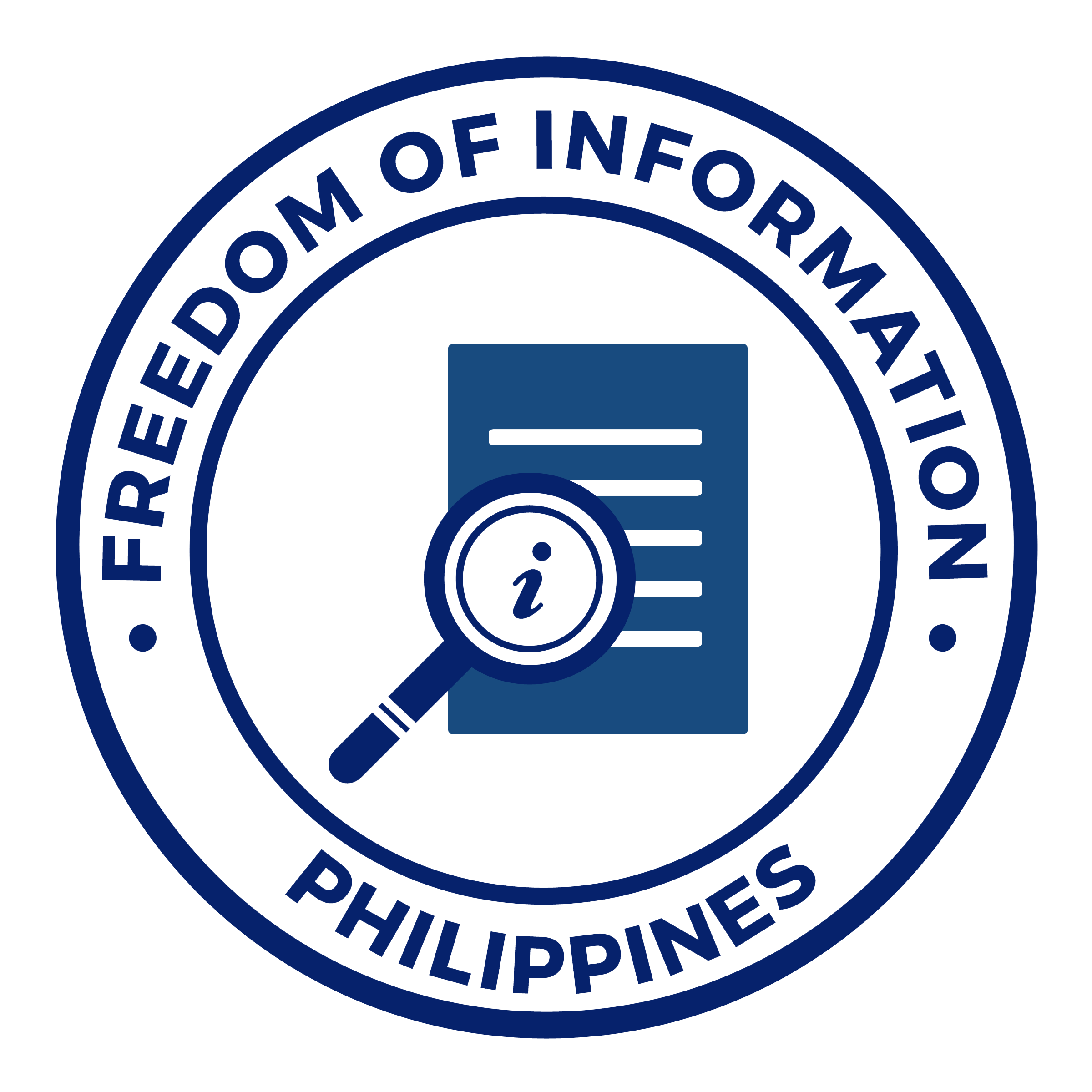NEWS AND UPDATES
UP-PGC now ready for genome sequencing in VisMin
On March 11, 2022, the University of the Philippines (UP), through its Philippine Genome Centers (PGCs) in UP Visayas and in UP Mindanao, announced that it is now capable of sequencing the genome of SARS-CoV-2 from community samples in both island groups.
The fully-equipped satellite facilities, made possible through the joint efforts of UP, the Department of Science and Technology (DOST), the Department of Health (DOH), and the Department of Budget and Management (DBM), have begun genome sequencing services of nasopharyngeal or oropharyngeal swab samples from DOH-licensed COVID-19 testing laboratories in cooperation with the DOH – Epidemiology Bureau (DOH-EB), to detect SARS-CoV-2 variants circulating in the Visayas and Mindanao regions.

“No one can predict mutations of a virus like SARS-CoV-2 which causes COVID-19. We need genomic biosurveillance to help keep our health system ready for any possible new variants, and to track the behavior of existing ones. PGC’s network in Luzon, and now Visayas and Mindanao supports this,” expressed UP-PGC Executive Director Dr. Cynthia P. Saloma.
“With the launch of SARS-Cov-2 Biosurveillance Services at Visayas and Mindanao, I am confident that countless research opportunities and ongoing interventions in genomics and biosurveillance will come to fruition. More so, it symbolizes another milestone for the Filipino people, as all of these initiatives are hinged on bringing science closer to them, and making their lives better through health research,” DOST Secretary Fortunato T. de la Peña said.
Early this year, UP-PGC Visayas started working with the Western Visayas Medical Center for the collection and viral RNA extraction of samples prior to sequencing. To date, UP-PGC Visayas has successfully sequenced more than 300 samples and has submitted the results to the DOH-EB for analysis and endorsement to the Regional Epidemiology Surveillance Units (RESUs). The RESUs report the sequencing results to their respective local government units (LGUs) to put into place a well-planned strategy to mitigate the transmission of circulating variants in the concerned areas.
Similarly, the UP-PGC Mindanao team is working with the Southern Philippines Medical Center (SPMC) for the sequencing of samples from Mindanao. Last February, 98 extracted SARS-CoV-2 RNA samples from the SPMC were transported by RESU Davao to PGC Mindanao for processing for whole genome sequencing. The samples were analyzed using the bioinformatics pipeline technology and results were forwarded to the DOH-EB.
The national effort for genomic biosurveillance of SARS-CoV-2 is a collaboration among different agencies. Laboratories and other institutions, through a coordinated chain of roles and responsibilities, aims to provide local and national authorities with data and scientific evidence on the circulating SARS-CoV-2 variants in the archipelago.
“This milestone of the UP-PGC Visayas and Mindanao helps us improve outbreak determination, monitor virus transmission, and streamline disease surveillance. It helps protect the country from COVID-19 in particular and also improves health and disease surveillance in general for all Filipinos. We fervently hope that with all these efforts, the current pandemic will end soon, and that we will be better prepared for future outbreaks of any scale. Let us stay the course and continue to strengthen our health system, so that we can live safely as we slowly transition to the new normal,” underscored Undersecretary of Health for the Public Health Services Team Maria Rosario Singh – Vergeire.




